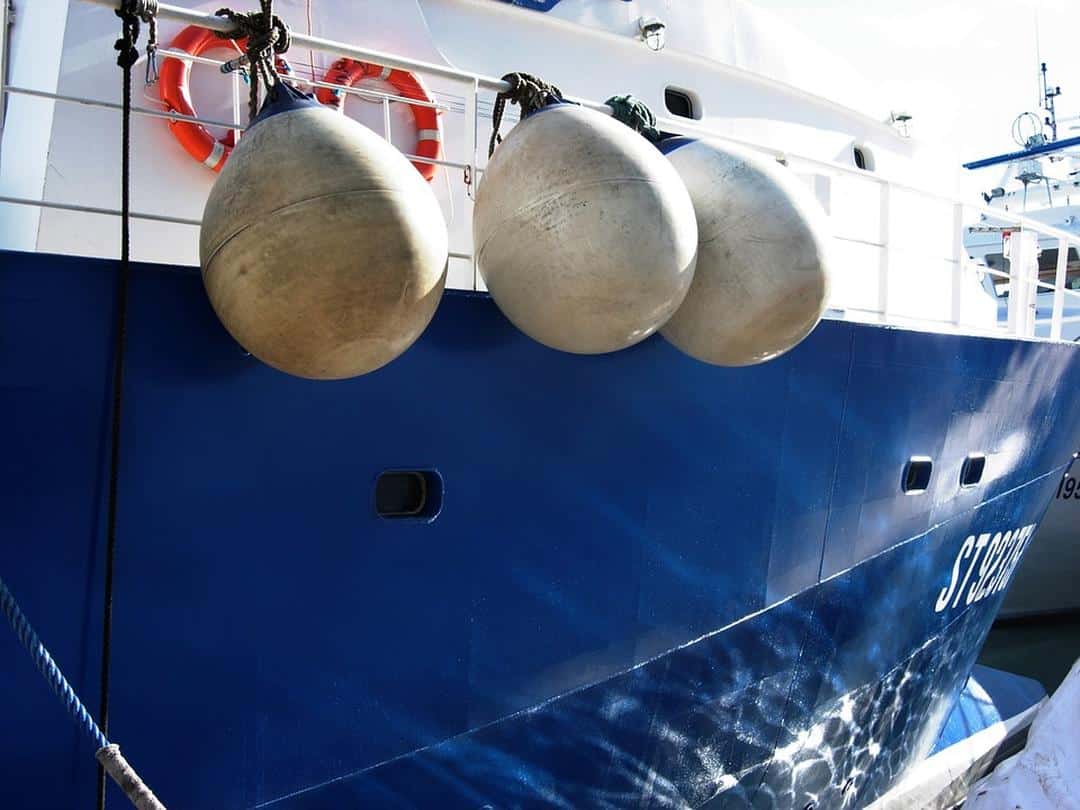As a boat owner, you’re probably familiar with antifouling coatings, which help protect your boat’s hull from growth and marine fouling. While traditional antifouling methods (paint coatings) have been around for decades, ultrasonic antifouling is a newer technology that has gained popularity in recent years.
Ultrasonic antifouling is an eco-friendly and efficient way to keep your boat free from fouling without the need for harmful chemicals. However, there are many misconceptions and myths surrounding ultrasonic antifouling. In this article, we will debunk some of the most common myths and clarify the facts about ultrasonic antifouling.
Myth #1: Ultrasonic antifouling doesn’t work
One of the most persistent myths about ultrasonic antifouling is that it doesn’t work. However, this is far from the truth. Ultrasonic antifouling systems do work something that has been scientifically proven. By using high-frequency (ultrasonic) sound waves to create positive and negative pressure, causing a hostile environment for marine organisms and preventing them from attaching to your boat’s hull. By preventing the attachment of micro organisms, this then prevents larger organisms such as mussels and barnacles from attaching, leading to reduced fuel efficiency, increased running costs and overheating.
Ultrasonic technology has been proven effective in preventing marine fouling on boats of all sizes, from small pleasure craft to large commercial vessels. In fact, many boat owners have reported a significant reduction in fouling after installing an ultrasonic antifouling system on their boat.
Myth #2: Ultrasonic systems require professional installation
Ultrasonic antifouling systems work by using transducers to emit ultrasonic waves that are transmitted across the boat hull. Although it is true that the ultrasonic transducers need to be positioned correctly for optimal antifouling performance, the installation of our ultrasonic antifouling systems is simple and requires no through-hull drilling. The transducers are attached to the inside of the boat hull with epoxy with our installation kits containing everything you need to get you ship shape and ready for sea with a 2 year return to UK base warranty for peace of mind and a clean hull.
If you are unsure of the positioning of the transducers or which size unit you need for your vessel then contact our expert team who will be happy to be of assistance.
Myth #3: The best ultrasonic antifouling system is the most expensive one
While it’s true that some ultrasonic antifouling systems are more expensive than others, the price tag does not always correlate with effectiveness. The best ultrasonic antifouling system for your boat depends on a variety of factors, including the size and type of boat, the level of fouling in your area, and your budget. If you buy a smaller kit than recommended for your size of boat then don’t be surprised if you have areas of excessive marine growth on your hull.
Our systems at Electronic Fouling Control have been tried and tested with proven results for many years. We know the science behind which ultrasonic frequencies are most effective within an ultrasonic system and have based our products on this . Our ultrasonic antifouling kits come with multiple options to suit your needs and your budget with our friendly team on hand to ask for advice; from which product would suit the size of your boat, through to installation and maintenance advice.
Myth #4: Ultrasonic antifouling damages marine life
Another common myth about ultrasonic antifouling is that it harms marine life. In fact, many studies have shown that ultrasonic antifouling can be beneficial for marine ecosystems by reducing the need for harmful chemicals and pesticides. Instead, the system uses high-frequency sound waves to create a hostile environment for microscopic marine growth and fouling.
The ultrasonic waves emitted are not harmful to marine life and do not interfere with the ultrasonic SONAR communication used by several marine mammals such as dolphins and whales. Our previous blog on the impact of antifouling on the marine environment and looks at how ultrasonic systems are improving this.
Myth #5: Ultrasonic antifouling is expensive to maintain
Although they can be a relatively large outlay at first, ultrasonic systems do save money in the long run. With reduced haul outs and diver cleaning, better fuel efficiency and extending the life of or eliminating the need for antifouling paint, the money you pay out can be recouped within under a year in some circumstances.
While ultrasonic antifouling can be highly effective in preventing fouling, some maintenance will be required still to prevent a build up of fouling, which can vary depending on the time of year, water temperature, location and other factors.
Regular inspection and cleaning of the hull are still necessary to maintain a fouling-free boat and some still opt to use ultrasonic antifouling in conjunction with hard antifouling paints which will require reapplication. However, ultrasonic antifouling can significantly reduce the need for traditional antifouling methods and for haul outs. The control box itself will require little maintenance, with Intelligent AC/DC Optimising to optimise power usage, minimising energy costs.
We hope we’ve managed to bust a few of the myths and misconceptions surrounding ultrasonic antifouling systems with this blog. If you still have any other questions then do feel free to contact our expert team.




